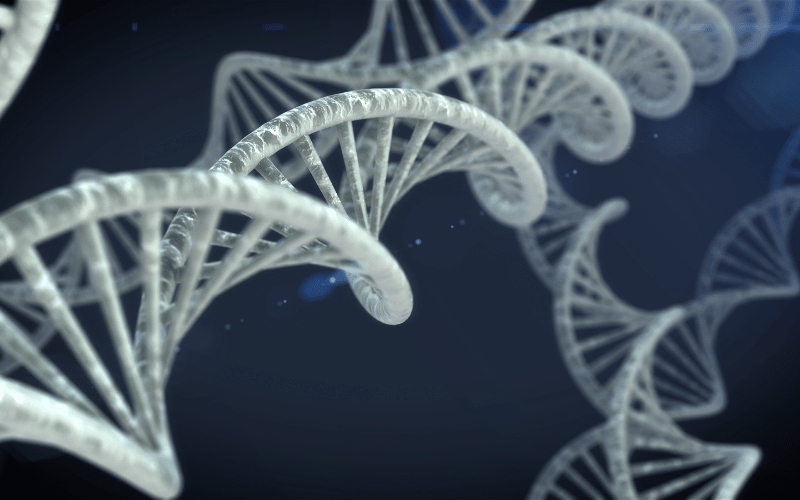Introduction: Understanding Celiac Disease

Celiac disease, often a term that sends shivers down the spine of those who love their daily dose of bread and pasta, is much more than a simple aversion to gluten. This autoimmune disorder impacts a significant portion of the global population, creating a myriad of health challenges. At its core, celiac disease is a reaction, an adverse one, to the consumption of gluten—a protein commonly found in wheat, barley, and rye.
Now, before you raise eyebrows at your favorite bread or mull over replacing pasta dinners, it’s essential to recognize that not everyone is affected by this condition. Celiac disease is genetically predisposed, which means it often runs in families. But even then, the triggers can be diverse, ranging from stressful events to surgeries or even viral infections.
What’s fascinating, and sometimes frightening, is the range of symptoms. While one person might face digestive discomfort, another could have issues that are seemingly unrelated, such as anemia, fatigue, or joint pain. This vast array of symptoms often leads to misdiagnoses, with many wandering from one medical opinion to another in search of clarity.
However, knowledge is power. The more we learn about celiac disease, its causes, symptoms, and management techniques, the better equipped we are to handle its challenges. This detailed dive into celiac disease is designed to empower you with critical facts and insights, shedding light on a condition that is often shrouded in myths and misconceptions. Whether you’re directly impacted, know someone who is, or are just curious, we’re here to guide you through the labyrinth of celiac disease.
1. The Genetic Thread: Celiac Disease’s DNA Connection

Deep within our genetic coding lies the answer to many mysteries about our health, including the predisposition to celiac disease. In fact, certain genes, namely HLA-DQ2 and HLA-DQ8, have been identified as markers. It’s intriguing to realize that around 30% of the population carries these genes, but only a fraction develops the condition.
Why this disparity? While genetics lay the groundwork, it is environmental factors that trigger the onset. Picture it as a car: genetics is the engine, but external factors are the ignition. Without turning the key, the engine remains dormant. In the case of celiac disease, infections or surgeries can act as that ignition.
It’s not just the presence of the genes but their quantity that matters. Individuals with multiple copies are more susceptible. As science progresses, we better understand the play between genes and environment. And while we cannot change our genetic makeup, awareness can lead to proactive measures.
An interesting offshoot is the familial connection. If a family member has celiac disease, the odds increase for close relatives. However, it doesn’t guarantee the onset. Each individual’s life experiences and environmental exposures differ, shaping their health outcomes.
Genetic testing has become a beacon for many. While it can’t predict the future onset of celiac disease, it can provide clarity on one’s genetic predisposition. Such knowledge arms individuals, letting them make informed choices about their health and lifestyle. (1)